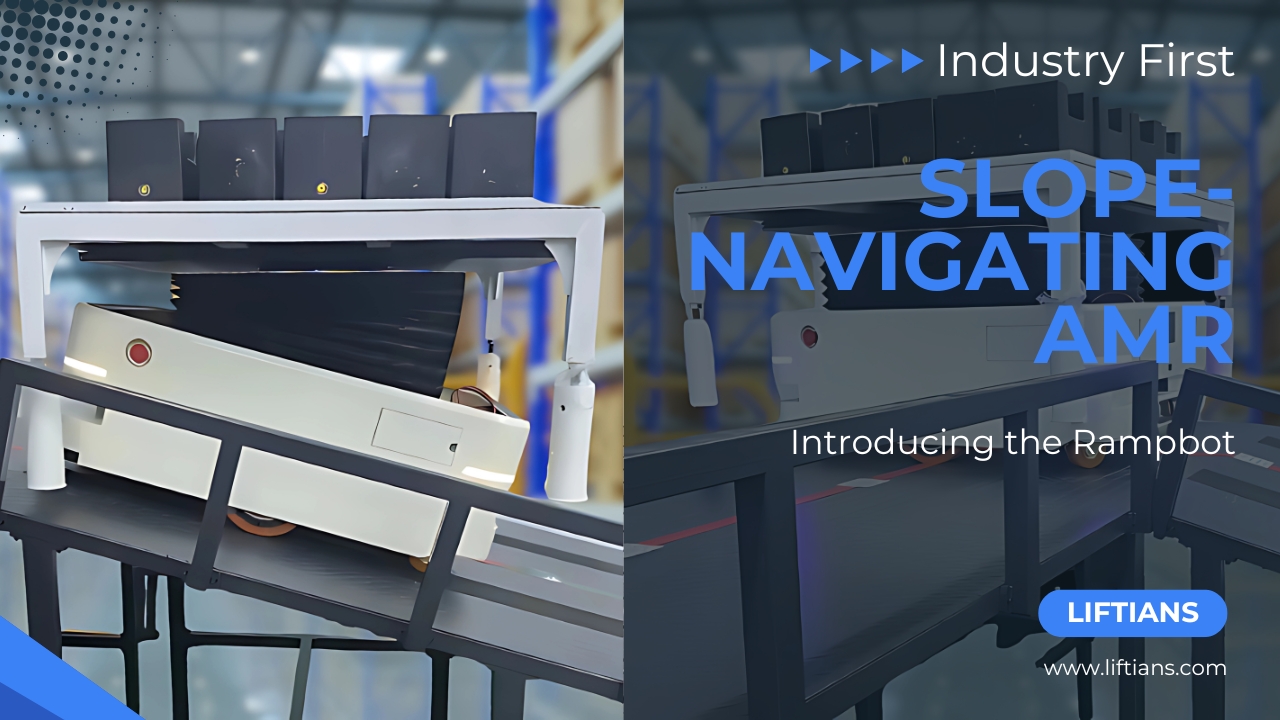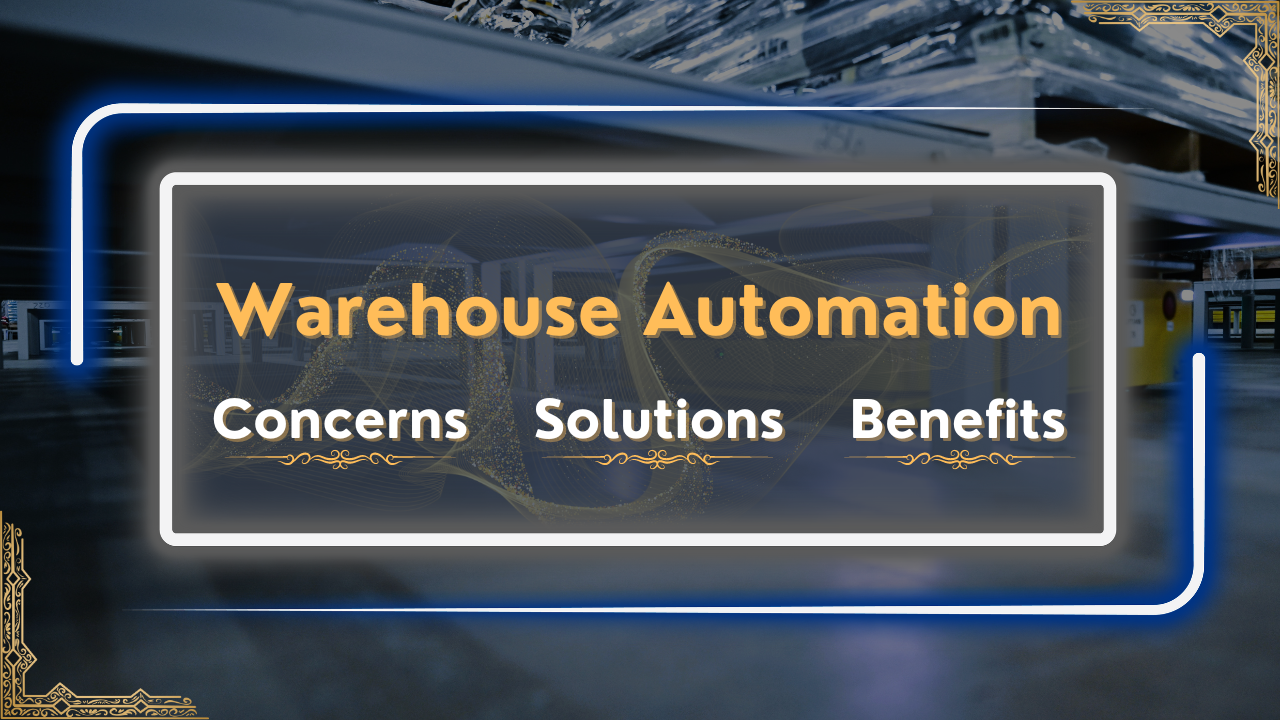Warehouse Automation: Concerns, Solutions, and Benefits
Warehouse automation is rapidly transforming the logistics and supply chain industry. It promises increased efficiency, reduced operational costs, and improved accuracy. However, the adoption of automation technologies also brings a set of concerns that businesses must address to fully realize these benefits. In this blog post, we will explore the primary concerns of warehouse automation, present solutions to mitigate these challenges, and highlight the overall advantages that automation brings to the table.
Primary Concerns of Warehouse Automation
1. High Initial Investment
Concern:
The cost of implementing warehouse automation can be significant. Expenses include advanced robotics, software systems, infrastructure modifications, and employee training. For small and medium-sized businesses, these costs may seem prohibitive.
Solution:
To mitigate the financial burden, companies can opt for scalable automation solutions, starting with partial automation in critical areas before expanding. Moreover, leasing equipment or partnering with automation providers that offer flexible financing options can help manage costs. Additionally, the long-term return on investment (ROI) of automation often justifies the initial expenditure, as it leads to substantial savings in labor costs and operational efficiency.
2. Job Displacement and Workforce Adaptation
Concern:
The introduction of automation may lead to concerns about job displacement, particularly for roles that involve manual, repetitive tasks. This can result in resistance from employees and potential disruptions in workforce morale.
Solution:
Rather than viewing automation as a replacement for human labor, businesses should focus on upskilling and reskilling their workforce. Training programs can help employees transition into new roles, such as overseeing automated systems or managing data analytics. By emphasizing the creation of higher-skilled positions, companies can maintain a motivated and engaged workforce while leveraging the benefits of automation.
3. System Integration and Compatibility
Concern:
Integrating new automation systems with existing Warehouse Management Systems (WMS), Enterprise Resource Planning (ERP) systems, and other legacy software can be complex and time-consuming. Incompatibility between different systems can lead to inefficiencies and operational disruptions.
Solution:
To ensure seamless integration, businesses should choose automation solutions that offer robust APIs and compatibility with a wide range of software systems. Collaborating with experienced system integrators can also help streamline the integration process. Furthermore, conducting thorough testing and phased rollouts can minimize disruptions and ensure that the new systems work harmoniously with existing infrastructure.
4. Cybersecurity Risks
Concern:
As warehouses become more connected through the Internet of Things (IoT) and cloud-based systems, they become more vulnerable to cyberattacks. A breach in cybersecurity can lead to data theft, operational downtime, and loss of sensitive information.
Solution:
Implementing strong cybersecurity measures is essential for protecting automated warehouse systems. This includes using encryption, multi-factor authentication, and regular security audits. Additionally, businesses should educate employees on cybersecurity best practices and ensure that all software is regularly updated with the latest security patches. Partnering with cybersecurity experts can further enhance the protection of critical systems.
5. System Reliability and Downtime
Concern:
The reliability of automated systems is crucial for maintaining smooth warehouse operations. Unexpected downtime due to system failures or maintenance can disrupt the supply chain and lead to significant losses.
Solution:
Investing in high-quality, reliable automation solutions from reputable providers can reduce the risk of system failures. Regular maintenance schedules and predictive analytics can help identify potential issues before they lead to downtime. Moreover, having backup systems in place and training staff on manual processes can provide a safety net in case of unexpected disruptions.
Overall Benefits of Warehouse Automation
Despite these concerns, warehouse automation offers numerous benefits that can significantly enhance business operations.
Increased Efficiency and Productivity
Automation streamlines repetitive tasks such as picking, packing, and sorting, allowing these processes to be completed faster and with greater accuracy. This leads to higher throughput and the ability to handle larger volumes of orders, particularly during peak periods.
Cost Reduction
By reducing reliance on manual labor, automation lowers labor costs, including wages, benefits, and overtime. Additionally, automation minimizes errors in order fulfillment, reducing costs associated with returns, rework, and customer dissatisfaction.
Enhanced Accuracy and Quality Control
Automated systems are less prone to human error, resulting in more accurate inventory management, order processing, and quality control. This leads to higher customer satisfaction and fewer disruptions in the supply chain.
Improved Safety
Automation reduces the need for human workers to perform physically demanding or hazardous tasks, such as heavy lifting or working in extreme environments. Consequently, this leads to a safer workplace and a reduction in workplace injuries.
Scalability and Flexibility
Automated systems can be easily scaled up or down to meet changing demands. Whether it's expanding storage capacity, increasing throughput during peak seasons, or adapting to new product lines, automation provides the flexibility to adjust operations as needed.
Real-Time Data and Analytics
Automated systems generate vast amounts of data that can be analyzed in real-time to optimize warehouse operations. This data-driven approach allows businesses to identify bottlenecks, improve process efficiency, and make informed decisions.
Conclusion
Warehouse automation is an essential step forward for businesses looking to stay competitive in the modern logistics landscape. While there are valid concerns associated with the implementation of automation, these challenges can be effectively managed with thoughtful planning, investment in the right technologies, and a focus on workforce development. The long-term benefits—ranging from increased efficiency and cost savings to improved safety and scalability—make warehouse automation a worthwhile investment that can drive significant improvements in operational performance. By addressing the primary concerns head-on and leveraging the full potential of automation, businesses can position themselves for sustained success in an increasingly automated world.


